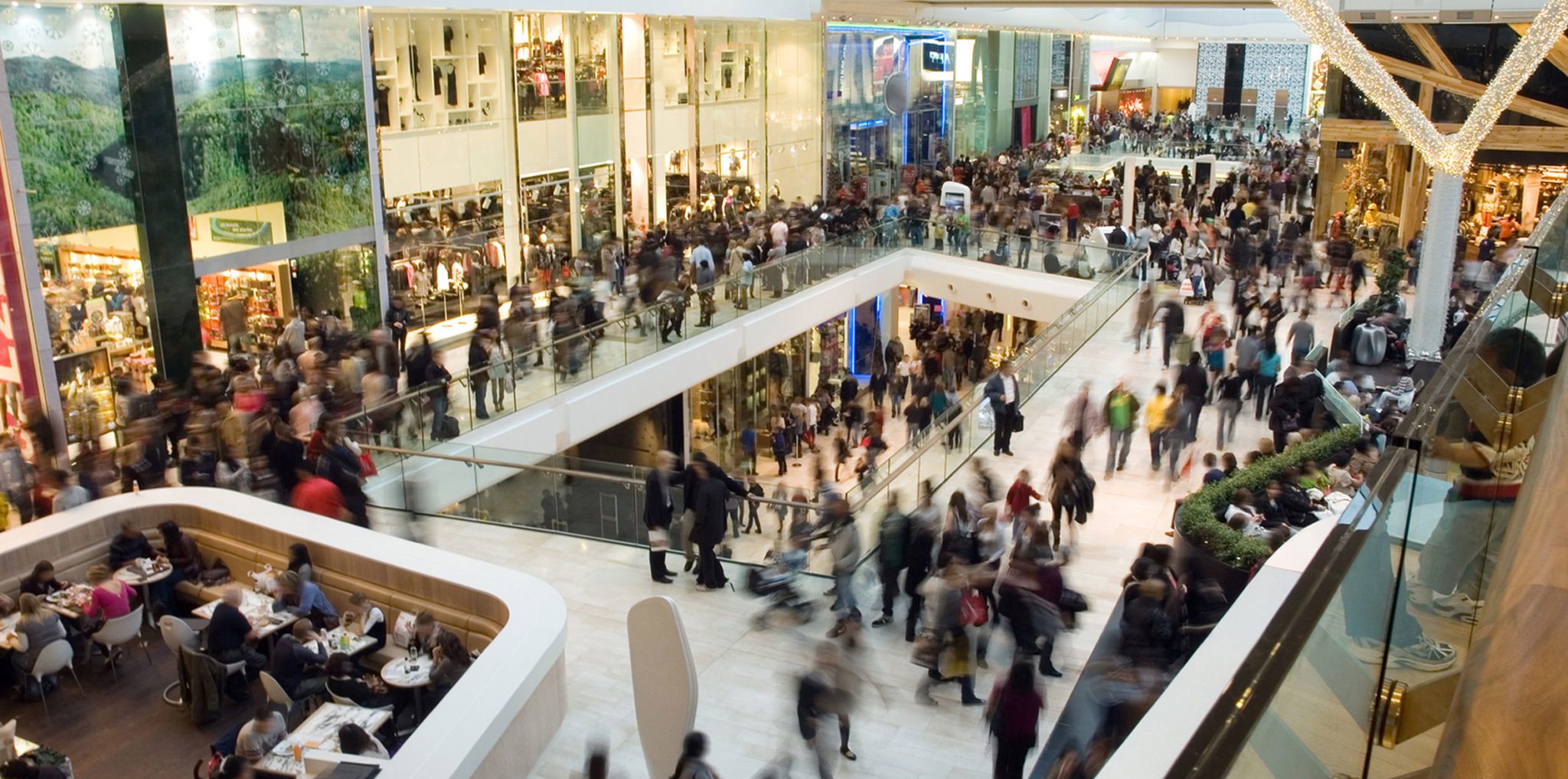No sooner did Thanksgiving weekend end and media reports were declaring that not only was Black Friday a bust with consumers (down 11% from last year), but retailers had better brace themselves for a rough finish to 2014. However, the Commerce Department released numbers last week that told a different story: retail sales rose 0.7% in November, the most in eight months, and a robust 5.1% increase from the same period a year ago. It seems consumers were actually very busy doing their shopping — they just spread it out over a longer period. [quote]
The increased sales may be due to a strong rise in consumer sentiment, which climbed 5 points to 93.8 in the latest Thomson Reuters/University of Michigan survey, the highest reading since January 2007. So rather than sweat any reduced Thanksgiving weekend traffic, the two biggest retail trade groups are sticking with their original holiday forecasts. The International Council of Shopping Centers (ICSC) and the National Retail Federation predict U.S. holiday sales will increase about 4% this season.
The NRF’s Jack Kleinhenz, chief economist, says consumers are shopping earlier than what has traditionally been considered the holiday season.
“Consumers were holiday shopping as early as Halloween,” he says. “Retailers are anxious to get their promotions out early now because even if shoppers are being frugal, retailers want their share of the pie. Value and promotion are big lures. And the prevalent use of the internet played a part as data showed larger increases in non-store purchases in October (9.1%) than November (8.7%) so shoppers could have been looking for discounts and promotions online.”
Almost a fifth (17%) of shoppers planned to start their holiday gift buying in October, according to Cotton Incorporated’s Lifestyle MonitorTM Survey. Another 34% planned to kick off their shopping in November.
Even though retail sales decreased over Thanksgiving weekend, on average, holiday shoppers plan to spend $589 on gifts this season, an increase of 16% from $508 in 2013, and up 4% from $568 in 2012, according to Monitor™ data.
The decreased Thanksgiving weekend sales didn’t rattle retailers.
“Retail is no more promotional now than in previous years,” says the ICSC’s Jean Lambert, director of research. “There are sales, but that’s because 60% of consumers cite a sale as their number one reason to go to a store – and that’s across all income groups.”
The ICSC’s Jesse Tron, spokesperson, adds that 90% of any sales shoppers do see are planned promotions. “It’s in their calendar as opposed to a reaction to the news that came out of Thanksgiving weekend. People might say, ‘But we heard some negativity out of Black Friday and now we see these deals.’ No. These deals were in place and they were planned very well.”
According to Cotton Incorporated’s Retail Monitor Survey, almost half (49%) at key U.S. retailers was priced on sale in the fourth quarter of this year, up significantly from 45% in Q4 2011 and 2012 and 47% in Q4 2013.
Besides taking advantage of early deals, 44% of shoppers intend to take advantage of late night store hours in the last few days leading up to the holidays, the Monitor™ survey shows.
The NRF’s Kathy Grannis, spokesperson, says consumer shopping patterns have changed so much that the NRF is considering how they will measure Thanksgiving weekend going forward.
“It’s not just Black Friday or Small Business Saturday or Cyber Monday,” she explains. “There are deep discounts throughout November, so consumer dollars are displaced, but they’re not gone.”
Experts agree that recent good news out of Washington regarding increases in wages and jobs, as well as a continued decrease in gas, will be beneficial to retailers during the holidays.
Tron says a break at the gas pump could translate into a boon of billions for stores.
“We’ve seen an .80+ cent price drop per gallon of gas in the past 4-to-6 months,” Tron says. “And a one penny drop equals a billion dollars saved on energy costs. So we’re looking at $80 billion. It’s not something consumers were saving and budgeting for – they just all of a sudden have extra money in their pockets every week. It doesn’t mean they’ll go out and spend an extra $50 every week. But as Christmas approaches, they will say, ‘Hey… I have a lot of extra money.’ It gives them the confidence to spend a little more.”
Grannis adds that at least for this season, consumers will remain a cautious bunch despite lower gas prices and the U.S. Labor Department’s recent news that hourly wages increased 0.4% in November.
“Even though people have a little more money, it’s hard to flip that mental switch and say, ‘I’m not relying on discounts anymore,” Grannis says. “People have dramatically changed how they’ve shopped since the Great Recession, and they will continue to look for value in their gift purchases.”
Clothes (58%) are second only to gift cards (60%) as the top gifts consumers plan to give this year, the Monitor™ survey shows. They’re followed by toys (48%) and electronics (36%). However, electronics are eating up more of the gift-giving budget as shoppers plan to spend $374 on the category (up 48% from $254 in 2013) versus $222 on clothes and $173 on gift cards.
“However,” says Tron, “I don’t think we’ll see a lot of apparel left on the shelves. Retailers have been planning very well over the last few years and managing their inventories.”
Adds Grannis, “We polled consumers at the beginning of the season and asked, ‘What gifts would you like to receive?’ And second only to gift cards was apparel at 53%. It helps that although consumer prices rose in other areas (such as food, airline fares, and new vehicles), apparel was not hit by higher prices. So, apparel is not only desired, but people like buying it.”
